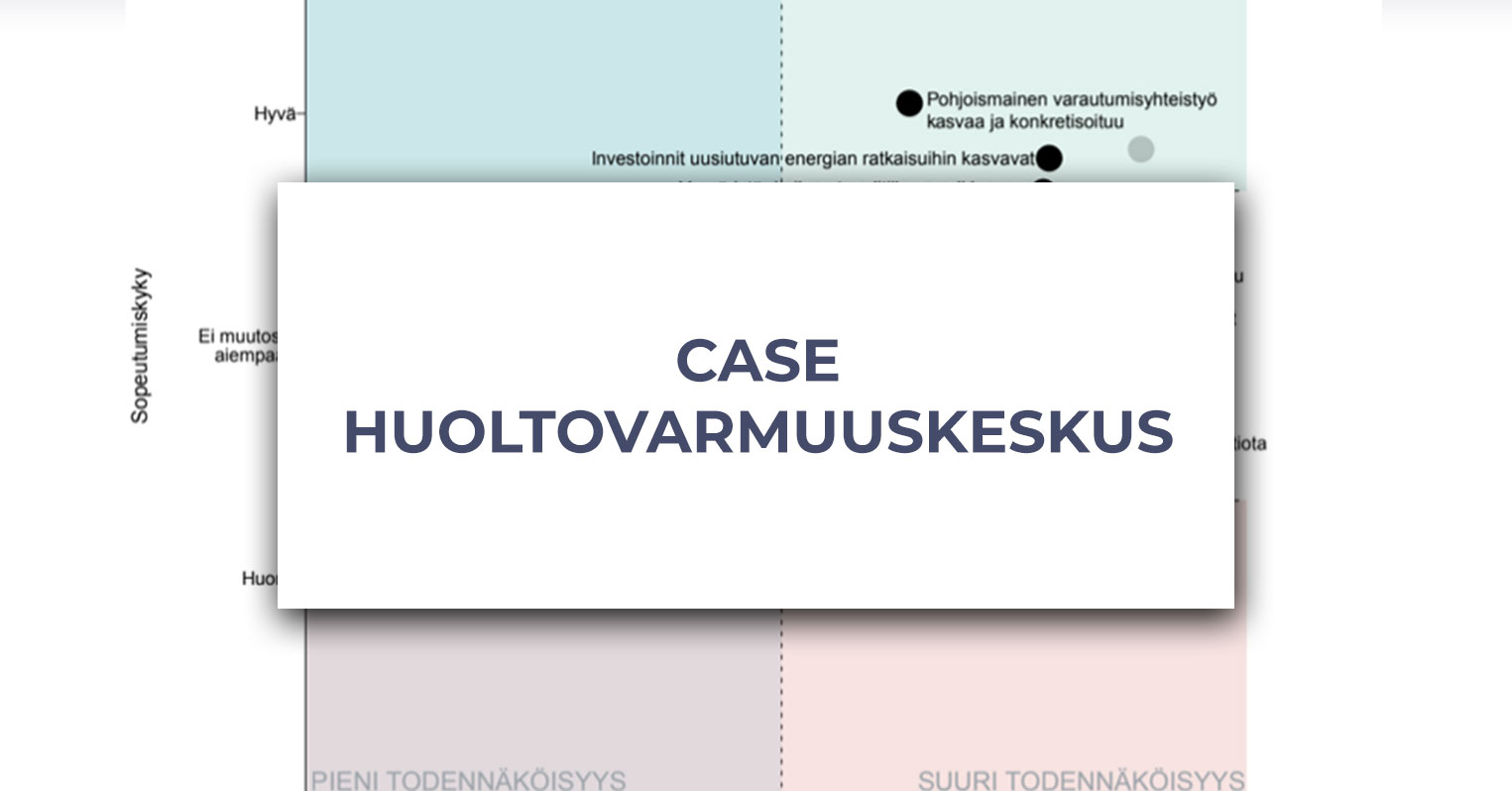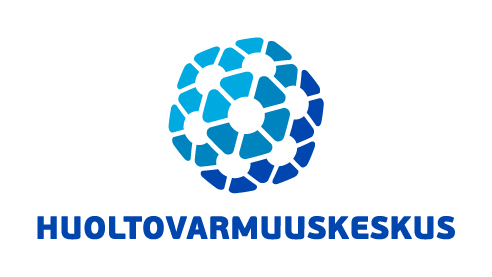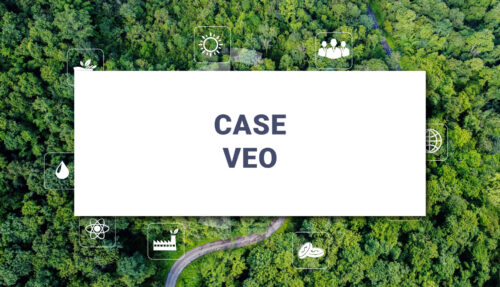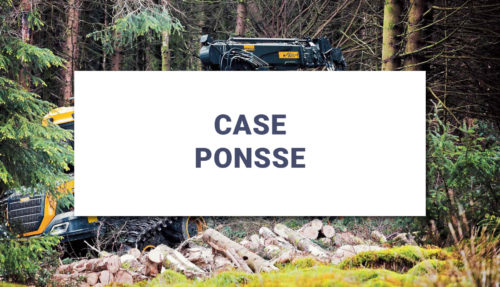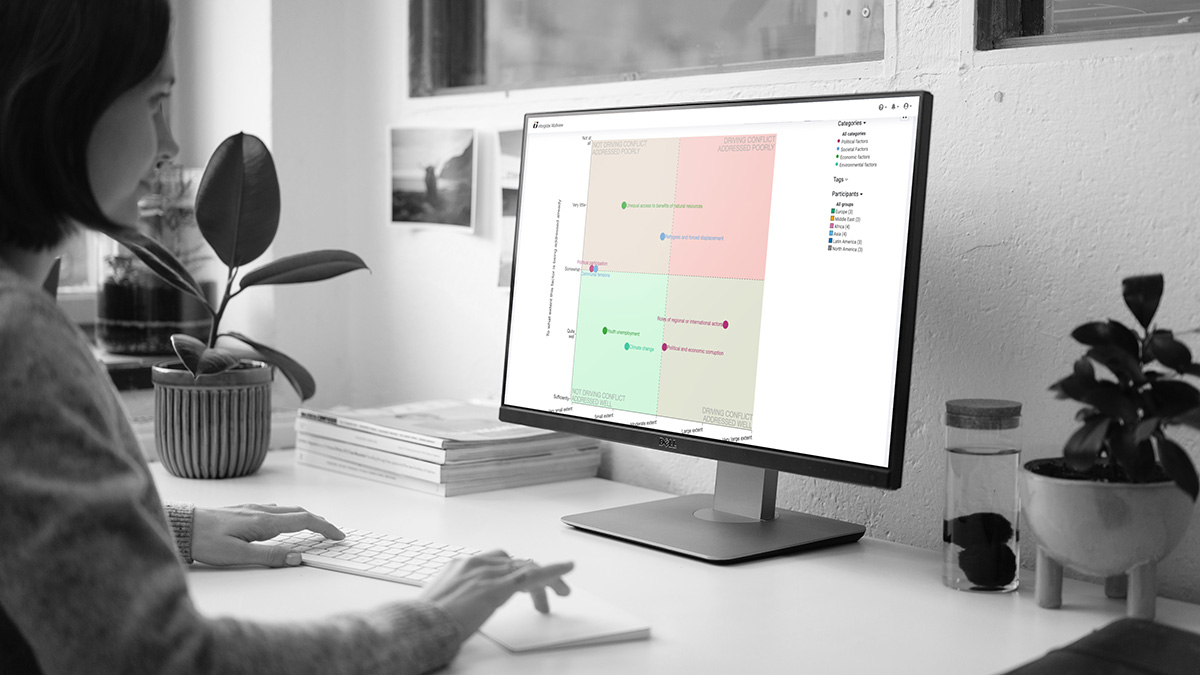The National Emergency Supply Agency (NESA) operates under the Ministry of Economic Affairs and Employment. NESA is tasked with planning and operative measures related to developing and maintaining the security of supply. The National Emergency Supply Organisation (NESO) is a network that maintains and develops the security of supply in Finland based on public-private partnership initiatives. NESA’s primary objective is to ensure the conditions that are necessary for the operations of organizations critical to the security of supply. Hundreds of enterprises, government authorities, and associations from various societal sectors take part in NESO’s pursuit of this shared goal.
It is difficult to comprehend all the everyday activities and functions that a society needs to function efficiently. In an increasingly interconnected society, awareness of shared networks is required to develop preparedness against possible disruptions.. For example, cybersecurity threats can affect multiple organizations and quickly become global.
Value and supply chains connect individual countries to larger global system supply chains. Therefore, it is necessary to monitor the global operational environment and prepare for possible domestic disruptions.
NESA has recognised several factors in the international operating environment that could affect NESA’s operations. Foresight methodology has been used to identify and monitor the most relevant changes in the operational environment and their impacts to security of supply. NESA conducted a scenario project in 2017, where five alternative scenarios ending in the year 2030 were identified and also the sectoral impacts of different industries regarding the security of supply in each scenario.
Scenario work is at its best when it is a process rather than a single event so NESA wanted to start following the possible realisation of the five scenarios and the different change factors associated with them. For the follow up process, Inclus helped construct a questionnaire that allowed the monitoring of the five alternative scenarios, as well as the varying views that different societal sectors held regarding their likelihood and impact.
"We wanted to follow if one of the scenarios seemed more likely. We wanted to ask and get reactions from different industries on phenomena within different scenarios. Specifically, we wanted to know if in one industry certain scenarios seemed more likely than others. How would the probability of the scenario and its and impacts vary between different industries?" said Katri Liekkilä, International and EU Relations Manager at NESA.
Bringing the network and components of the value-chain together is essential in such preparation. "There are some common issues, such as logistics, that the collective must consider. However, how it may impact sectors or industries can vary significantly … it is not an easy task, but it is what Inclus does perfectly. We were able to identify which answer, or reply came from which industry, and then compare them all in one picture.”
The Process
The five different scenarios were rebuilt onto the Inclus platform and turned into a questionnaire format where respondents from various different sectors would assess the probability and impact of the change factors of each scenario.
"We have a great variety of interest groups. Our sectors cover all different aspects of the society really. It is crucial for us to understand what different sectors had in common, and where the differences were. After collecting the answers to the questionnaire, Inclus’ staff provided exceptional customer support in digging into the data. We were then able to put the most relevant information together and go through it with the interest groups. We could show them that this is where your differences are, what you value, etcetera. It was easy to find common ground, but also the things that separate different industries," Katri Liekkilä continues.
With a large amount of data, there were numerous angles to consider. "It is very good that you can assess both the probability as well as the impact and then see it all in front of you in one picture.”
Given the breadth of NESA's mandate, it requires clear processes and tools to conceptualise and monitor scenarios over time without the task becoming overwhelming.
"Because we have these cooperation networks of many different industries, sectors, and interests, it is hard to keep up with different views," noted Liekkilä. "When I think of that: the twenty-six industries and seven sectors that we have…the ability to put their different views into the same picture so that they all see it in one picture...I think it’s brilliant. I think that is the key advantage that we got from Inclus."
"When I saw the potential that Inclus had in its data visualization, I wanted to understand all the possibilities and use them. I think that Inclus did a great job…it is a testimony to the ease-of-use of the software. Whenever we had questions, I think that the customer service you provided was almost too good."
Outputs
After summarizing the results and data, NESA constructed presentations and reports that contained answers to both megatrends and industry-specific trends. NESA met with representatives from different industries and discussed the results together. Inclus’ data visualisations were central to those discussions.
"You can use words, numbers, and tables, but I think that in the modern-day we all know the power of the picture, illustrations and visualisations. I think the dynamic data visualisations is the key here. It takes time for people to read tables, understand numbers, and start figuring out the trends. With Inclus, it does it for you and you have it immediately. You can start digging into the visualised data straight away. It is much easier to start a discussion when you can all look at the same picture at the same time."
The role of the information collected and presented by NESA is to foster preparedness development in sectors related to security of supply. The data also addressed the changes happening the international operating environment, their impacts to the Finnish economy and consequently also to the different sectors. This kind of broad awareness helps to develop preparedness and business continuity management against the modern, versatile risk landscape.
"One result of this experience is understanding that the relevant conditions described in the scenarios can be practised together. It can lead to a discovery of the possibility of a threat, and what can be done about it, for example, exercising and practising operations in case of its realisation," noted Katri Liekkilä.
"We have been happy with the participation rates to the scenario follow up process," said Liekkilä. Inclus’ approach contributed to satisfaction in participation, which includes flexibility in participant engagement and automatic reminders. "A good feature is that you don’t need to finish the questionnaire at once. Inclus records your answers, and you can come back to it – you don’t have to start from scratch. Starting something and getting interrupted is an everyday problem for many."
These experiences and the ease of use were also reasons why NESA decided to use Inclus for their post- COVID scenario project conducted during Autumn 2020. “We were happy to have a tool that we were already familiar with and able to employ it in a project conducted within a tight schedule.”
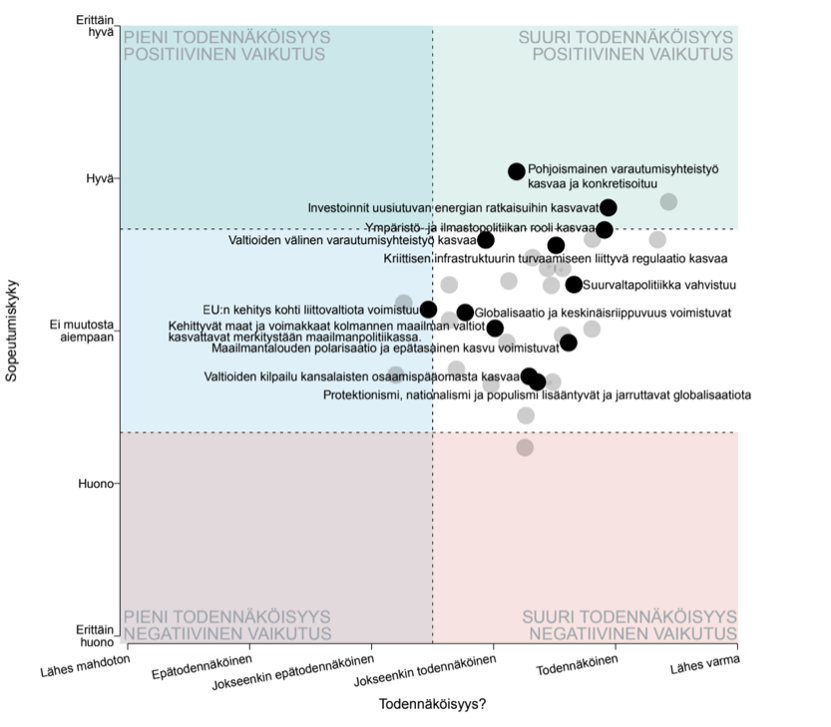
"This is of course important to us as well, because this is the way of getting the pulse of the motivation that the industries have to participate in the security of supply. In business terms, it is known as business continuity management: the continuation of operations no matter the circumstances."
Finally, we returned to the effectiveness of visualisations in understanding data. "The ability to visualise all the different views in one picture... I cannot find other tools that would match that. That is the main reason I like this software so much."
Voit lukea lisää huoltovarmuuskeskuksen skenaarioprojektin tuloksista alla olevasta linkistä:
